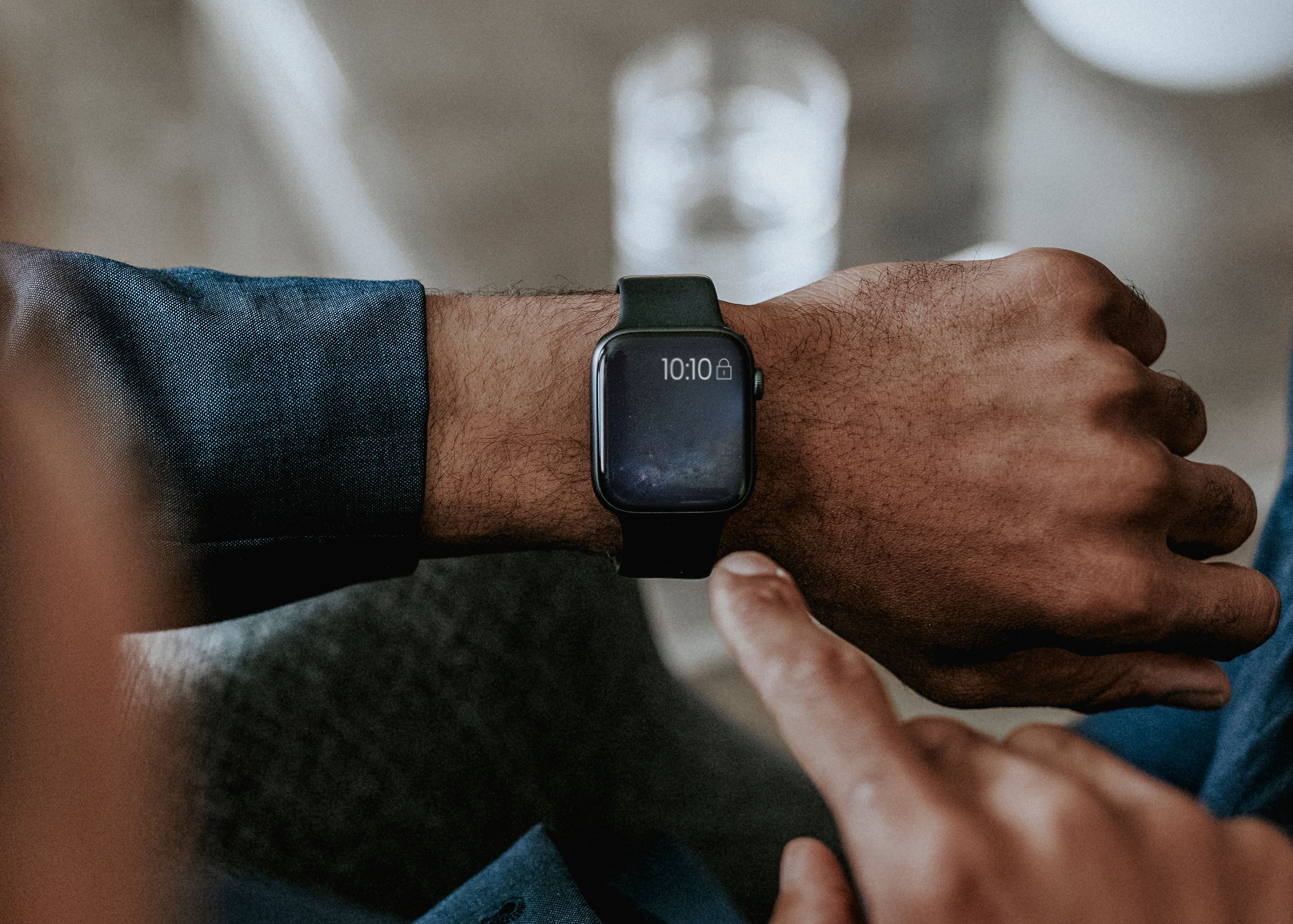Article
Smartwatches Show Promise Recording Sleep Times for Those With Sleep Disorders
Author(s):
A smartwatch may be able to replace a sleep diary to evaluate falling asleep and waking times for those with insomnia.
A smartwatch has the potential to replace a sleep diary to determine falling asleep and waking times, but this depends on the acceptable levels of discrepancy, according to the results of a study published in Sensors.
rawpixel.com - stock.adobe.com

For sleep disorders, patients usually have a sleep diary to monitor therapy and sleeping habits. However, there are several disadvantages, including a decrease in comfort and potential data loss, according to the investigators.
The study authors aimed to determine whether automated sleep monitoring could be substituted for a sleep diary. The study included 184 overnight recordings, which were followed by an analysis by investigators; however, 10 nights were excluded from evaluation due to missing or incorrect data in the sleep diary and 8 for the smartwatch data.
Objective sleep measurements were recorded with a Samsung Galaxy Watch 4 and compared to the subjective approach with a sleep diary. Investigators compared 4 sleep characteristics, including falling asleep time, waking up time, total sleep time, and sleep efficiency.
Investigators found that the number of outliers was higher for time of falling asleep compared to waking up, whereas the dispersion of differences between the 2 measurement recording methods for both falling asleep and waking time was lower than total sleep time.
Investigators noted that both methods yield inaccurate results. For example, for a sleep diary, individuals may not record the times accurately, and even in the case of smart watches, it is possible to get inaccurate measurements, either by algorithmic or user errors.
Furthermore, investigators found that the smartwatches tended to register the waking time later than those who used a sleep diary, in 114 nights out of 166. They said this could be due to the individual lying in bed with little to no movement, resulting in the watch incorrectly recording sleep time. Investigators confirmed this with a detailed analysis of the nights that corresponded with the sleep times.
Additionally, investigators said that individuals would often overestimate the time to sleep and sleep efficiency with 136 recordings and 152 recordings, respectively. They determined that this was partially due to the underestimation of the time being awake during the night, which has been evident in other studies, according to the investigators.
Although there are errors in recording while using a smartwatch for sleep times, investigators said that the evidence is significant enough to warrant further studies on the subject, especially because smartwatches would increase comfort for the user and avoid potential data gaps.
They added that although there is evidence for further investigation, there can be no general recommendation to replace sleep diaries with smartwatches.
The study did have several limitations. Investigators urged others to conduct additional studies with larger numbers of individuals and a larger number of recording nights. They also said that other sleep characteristics should be included to account for a more complete conclusion.
Reference
Gaiduk M, Seepold R, Martínez Madrid N, Ortega JA. Assessing the Feasibility of Replacing Subjective Questionnaire-Based Sleep Measurement with an Objective Approach Using a Smartwatch. Sensors (Basel). 2023;23(13):6145. doi:10.3390/s23136145
Newsletter
Stay informed on drug updates, treatment guidelines, and pharmacy practice trends—subscribe to Pharmacy Times for weekly clinical insights.





